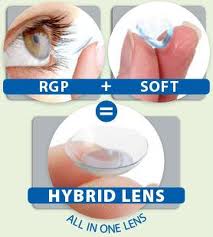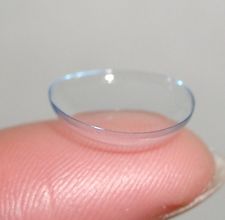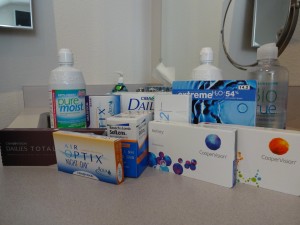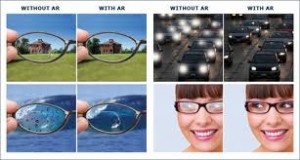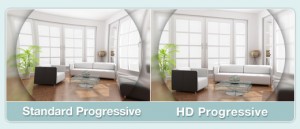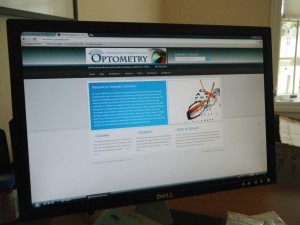There are many contact lens choices. At Westside Optometry we will prescribe the best lens for you, your eyes and your lifestyle.

The majority of contact lenses prescribed are soft lenses. Within this large category of lens are daily disposables, weekly and monthly replacement. Functional options include multifocals for presbyopia, torics for astigmatism and spherical lenses for hyperopia and myopia.
What happens if there is “a lot” of astigmatism, or astigmatism AND presbyopia or high myopia or high hyperopia? And what if the cornea has been altered by disease or refractive surgery?
Soft contact lenses can’t correct many of these conditions. That’s why there are other contact lens options. Gas Permeable (GP) contact lenses correct astigmatism, have stable crisp optics and are individually designed and manufactured. GP lenses provide more oxygen to the cornea than soft lenses. They last longer and are more durable providing a cost effective solution. Gas Permeables are available in high powers, multi-focals and special designs for irregular corneas.
Hybrids are a blend of soft and gas permeable lens designs. The center of the hybrid lens is gas permeable material and the perimeter is a silicone hydrogel material. This provides crisp optics of the GP and the comfort of a soft lens. The hybrid lenses are available in multifocals and special designs for post-LASIK and irregular corneas.
The majority of contact lens wearers use a soft contact lens, but gas permeable contacts have many benefits and applications. Gas permeable contact lenses are not old-fashioned, they have stood the test of time.

